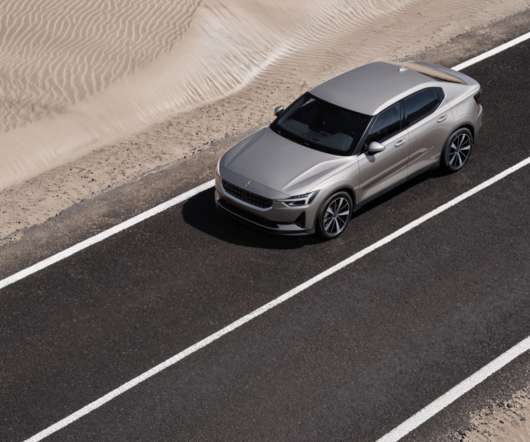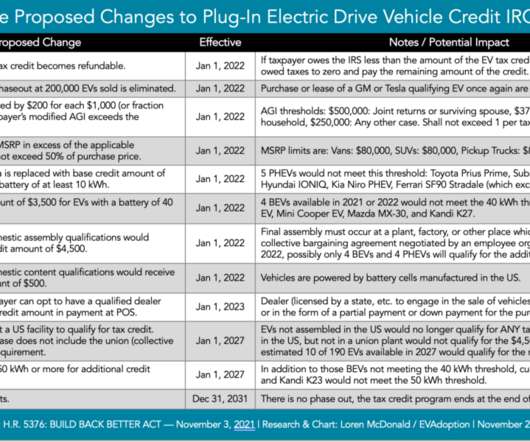Kobe Steel to launch “Kobenable Steel”, Japan’s first low-CO2 blast furnace steel
Green Car Congress
MAY 18, 2022
In comparison to the blast furnace method, the MIDREX Process can reduce CO 2 emissions by 20 to 40%. The MIDREX Process uses natural gas as the reductant and pellets made of iron ore as the source of iron to make DRI through the reduction process in the shaft furnace.














Let's personalize your content